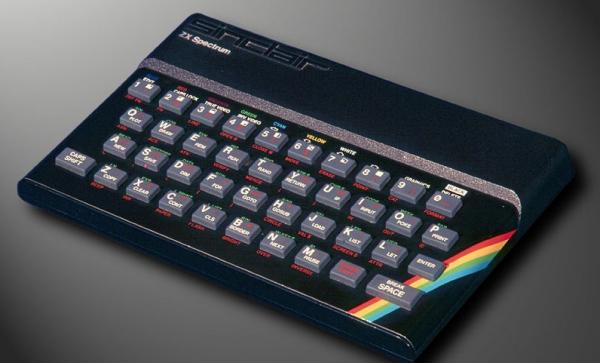 Over the last few years, we’ve seen a great resurgence of indie development. Harking back to the era of the ZX Spectrum and Commodore 64, games with no more than a single developer have been making it big on every platform imaginable. In this article we take a look over the history of indie development and cast our eyes towards the future.
Over the last few years, we’ve seen a great resurgence of indie development. Harking back to the era of the ZX Spectrum and Commodore 64, games with no more than a single developer have been making it big on every platform imaginable. In this article we take a look over the history of indie development and cast our eyes towards the future.
One of my earliest, yet still vivid, memories is of sitting down in my bedroom with a small keyboard, a cassette player, a wood-panelled TV and a big box full of games. I had a ZX Spectrum at my fingertips and my father at my shoulder teaching me how to use it. I was three years old. I know I was three because I had yet to start school, and until I did, playing with the ZX Spectrum was how I spent my time. Back then, I was too young to appreciate how important of a machine it was to the games industry. Hell, back then, I was too young to even appreciate how important it was to me.
In 1982, Clive Sinclair released the ZX Spectrum, a personal computer for the everyman. It was Sinclair’s vision to have a PC in every house and with the ZX Spectrum, he pushed that vision much closer to reality than anyone before him. Competing alongside other PCs such as the Commodore 64, it dominated the British PC market. It accomplished this thanks in large part to its low cost. This low cost and its popularity also helped with something else: the creation of a vibrant open market for software.
Like many PCs at the time, the ZX Spectrum allowed the end-user to program their own software and freely distribute it. All this cost was time, patience and some cassette tapes – or the price of a stamp if you were sending your program off to be published in some book or magazine. Back then, every owner of a ZX Spectrum or Commodore 64 could become a games designer. Back then, a lot of people did.
Tim and Chris Stamper founded Ultimate Play The Game in 1982. It was a small family-run business with two former arcade developers at its helm. Their first game, in 1983, was Jetpac for the 16K Spectrum and it was a runaway success. They would go on to release more successful titles such as Pssst, Sabrewulf and Knight Lore. Then in 1985, they set up a new company called Rare Ltd, sold their old company to U.S Gold, and the rest, as they say, is history.
Around the same time as the Stamper brothers set up shop, a fifteen year old boy from Northern Ireland had started programming his own games and sending them into magazines, being rewarded a nice supply of cash for his efforts until finally, he was offered a job in London developing games for various publishers. In 1991, he moved to America and began work at the American division of Virgin Games. In his time here, he went on to create classic titles such as Aladdin, Cool Spot and Global Gladiators. By 1994, David Perry had started his own software house and called it Shiny Entertainment. He would go on to create the hugely successful Earthworm Jim and PC classics; MDK and Messiah.
Back then, the gamer could become the game-maker. Back then, all it took was some determination. The videogame market exploded in Britain during this period and the British Games Industry was born.
Then the console drove forward in full force. The age of the cartridge was here. As time went on, games became more elaborate and more expensive to develop, especially if you were just a one man studio. This didn’t change in the coming generations either as consoles exerted more dominance over the market and the big studios just got bigger. Development became even more expensive and indie developers were, for the most part, resigned to the shrinking PC gaming market to stand a chance of survival, let alone success. Then something happened. High speed internet arrived. Steam, XBL and PSN ingrained themselves into our day-to-day lives and gaming on phones, through our browsers and on Facebook became massively more popular. The age of the indie developer had arrived once again. Now, unlike the preceding console generations, small independent developers have a chance to make it big. Now, at a time when big budget games seem to be getting ever more homogenized, indie games are back in fashion.
Let’s take a quick look at a few of the big indie success stories of this generation.
2010 saw the release of Super Meat Boy. Critically acclaimed across the board, Super Meat Boy was a runaway success. Its unforgiving difficulty, quick-fire levels and “hella tight controls” had all but the hardest-to-please fall in love with it. The level of polish and the length of the game belied its development however. Created by the two man Team Meat, Super Meat Boy, I believe, has shown better than any indie title of recent years just what’s capable with a tiny team nowadays and it started as a flash game on Newgrounds – much like Alien Hominid and the hugely successful Castle Crashers.
Another great success that has to be mentioned here is Minecraft. Originally the brain-child of Markus “Notch” Persson, Minecraft quickly became an indie darling for PC gamers. Its success has been so great that it has been selling like hotcakes and has allowed Notch to establish himself firmly in the games industry and grow his studio, Mojang, without worrying too much about money. Now, with a planned Xbox 360 port, a mobile version and a swathe of wannabes, Minecraft is set to conquer even more hearts and minds.
Mojang and Team Meat are hardly the only successful indie developers this generation however. The aptly titled VVVVVV, a throwback to the ZX Spectrum days, proved a worthwhile project for Terry Cavanagh, and the Bit.Trip series has been a great success for indie developers Gaijin Games. Let’s not forget the other indie successes however. Terraria, Orcs Must Die, Magicka, Jamestown and many, many more have been the indie darlings of many a gamer’s heart. I dare say that there’s been quite a few gamers who have spent the last couple of years buying and playing more indie titles than they have big budget releases. Indie developers have also helped charities out greatly through the pay-what-you-want Humble Indie Bundles. How many big budget developers can say the same?
So, where do we go from here? What more could be done to give the little guy a better chance of competing with the big boys? Now that the indie market is strong once again – stronger than ever before – there’s no going back. From here, things look set to get even easier for small development teams as those who control the markets realise the potential profits to be made from promoting indie titles but as the big get bigger, and the indie scene gets more crowded, small independant developers are going to really have to try hard to stand out. While making it into the big leagues will never be as easy as it once was so long ago, the last few years have ensured that the indie market will stay alive and continue to deliver charm and innovation in byte-sized chunks for some time to come.

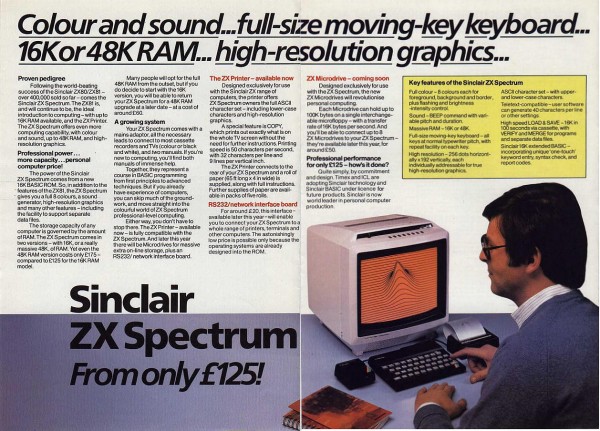
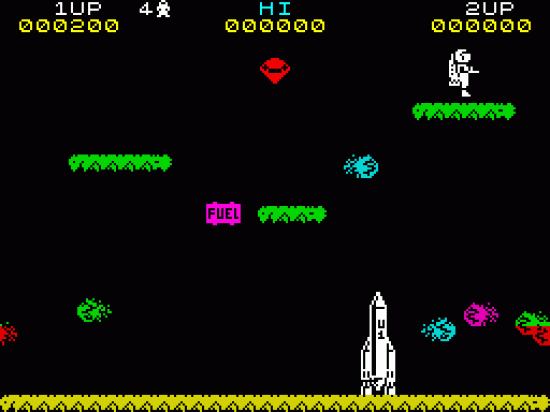
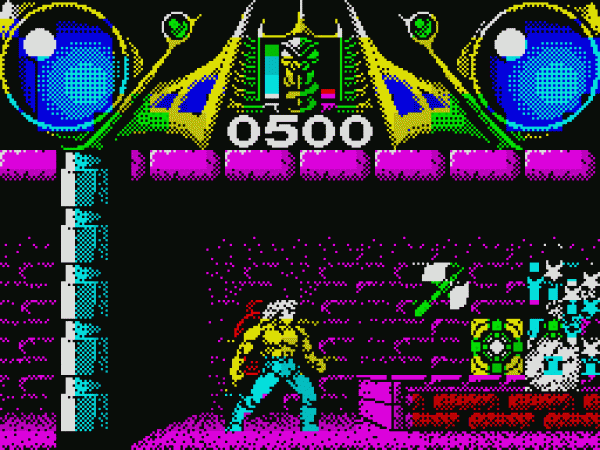
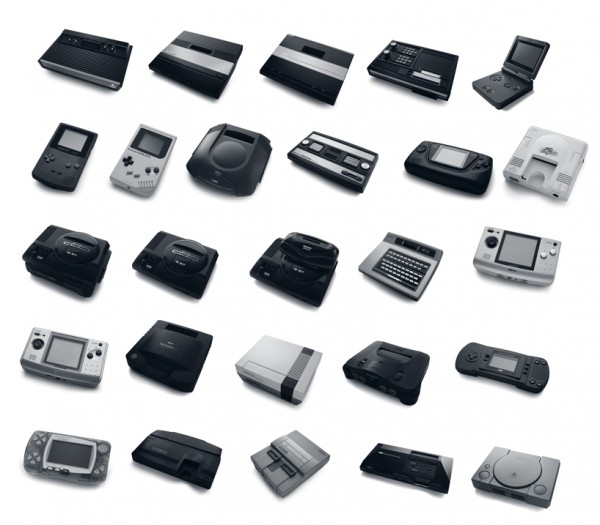
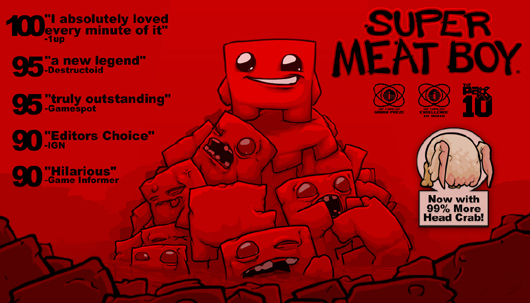
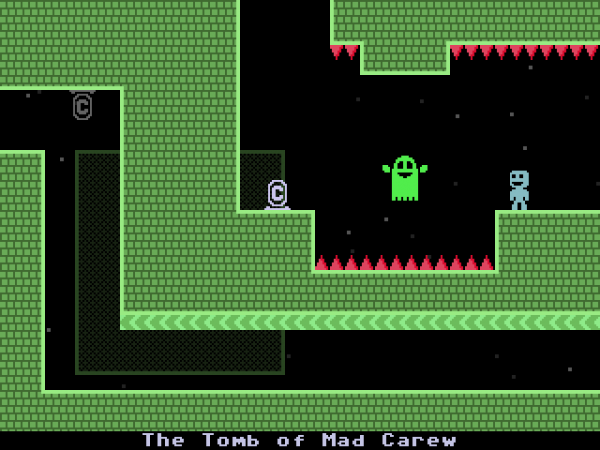
Nice synopsis and well written. I think the next great surge in indie developers (and it’s already happening) is in the mobile / tablet arena. For every indie game on the PC in 2011 I’m sure there are 10s if not 100s more on the iPhone/iPad and Android markets. Distribution is inbuilt, the barriers to sale that traditionally exist within the PC market have gone and sheer number of potential purchasers is vastly greater than that of the late 20th century PC world.
App dev for iOS and Android is also (fairly) easy even for the novice coder. Get a small group together or one talented all-rounder and a basement team can become an indie success overnight.